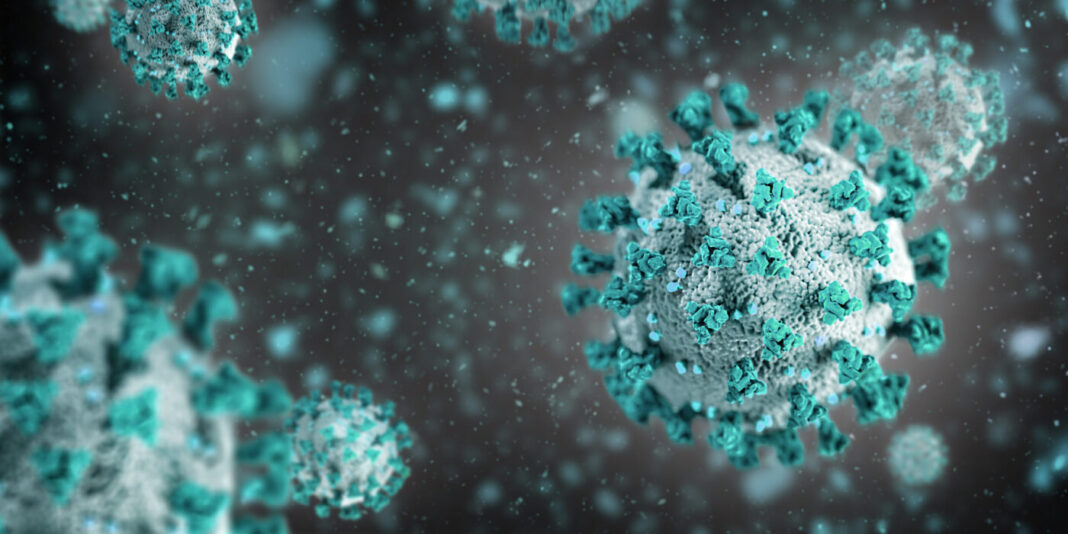Computation makes up a fundamental element of Bioprocessing 4.0. With the right computational tools and processes, scientists can quickly make new therapeutics to test. With the SARS-CoV-2 virus that causes COVID-19 raging around the world, some scientists have used existing tools to turn bioprocesses into new weapons. That is just what they did in pediatric oncologist John Maris’s lab at the Children’s Hospital of Philadelphia.
Mark Yarmarkovich, PhD, a postdoctoral fellow in biomedical engineering in Maris’s lab, and his colleagues started with the computational tools that they use to develop immunotherapies for cancer. Then, the scientists turned those tools into techniques for finding places to target SARS-CoV-2 and then make the desired molecules.
Using these computational tools, the scientists found 33 amino-acid long pieces of the virus to target. Yarmarkovich calls these the “sweet spots of what people’s cells might present to the immune system or a therapy.” In addition, these scientists found regions of the SARS virus that are very different from normal human antigens. That increases the odds that an immunotherapy would attack the cells harboring virus, but not healthy cells.
By combining this information, the Maris lab scientists developed vaccines that are being tested in mice that express key elements of the human immune system. “The mice showed a very robust T-cell response from these vaccines,” Yarmarkovich says.
The same tools could be used to give scientists a fast start on bioprocessing potential treatments for other infections. As Yarmarkovich notes, “All that we need is the sequence of the virus.”


